Wood Fireplace or Stove Combats Heating Costs
As Midwest temperatures drop and fuel costs rise, you should consider the value and benefits of a new manufactured wood-burning fireplace, fireplace insert or heating stove. Fluesbrothers Chimney & Fireplace of Kansas City, KS, installs superior heating appliances throughout the Kansas City region. Here’s what you can expect with one of these efficient units.
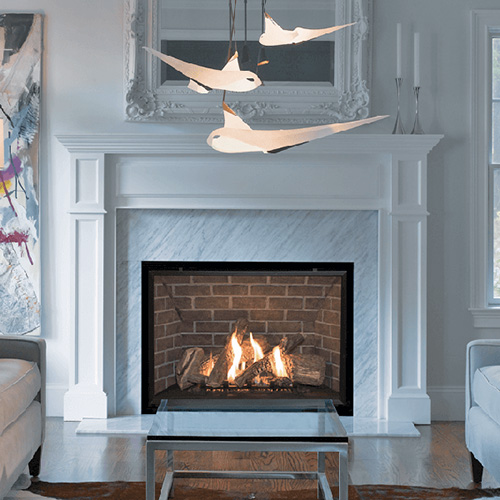
Manufactured wood fireplaces
A new wood fireplace will give you all the beauty of a traditional masonry fireplace along with some wonderful benefits. Masonry fireplaces are notorious for wasting heat, sending as much as 90% of their warmth right up the chimney. Not so with a manufactured wood-burning fireplace. Models available from the leading names in the hearth industry conserve 75% or more of their heat through a specially designed closed system. This means that far more of the wood fuel you purchase will become actual heat for your home.
Wood-burning fireplace inserts
Fireplace inserts are like fireplaces in a box, built ready to be placed into the firebox of your existing masonry fireplace. As with manufactured fireplaces (which can be installed safely in most walls in your home), fireplace inserts hold on to the majority of their heat. Inserts use their own dedicated vent pipe, which extends up your existing chimney. No construction or modification is necessary. As to looks, you’ll find a pleasing variety of shapes, colors and finishes to perfectly accent your home’s décor.
Free-standing wood stoves
Today’s wood stoves are a far cry from the old-fashioned wood stoves you may have seen in years past. Modern stoves are made for performance and beauty. Wood heating stoves, like the other appliances we’re looking at here, retain most of their heat to keep your room warm and comfortable during even the most challenging winters. With its own vent system, you can have your new stove installed virtually anywhere you choose inside your home.
Selecting the ideal appliance
The Fluesbrothers team will help you decide on the perfect new fireplace, insert or stove, based on the size of your home, your heating requirements, decorative tastes and budget. We’ll go over the many design styles available and talk with you about using, cleaning and maintaining the stove or fireplace you like best.
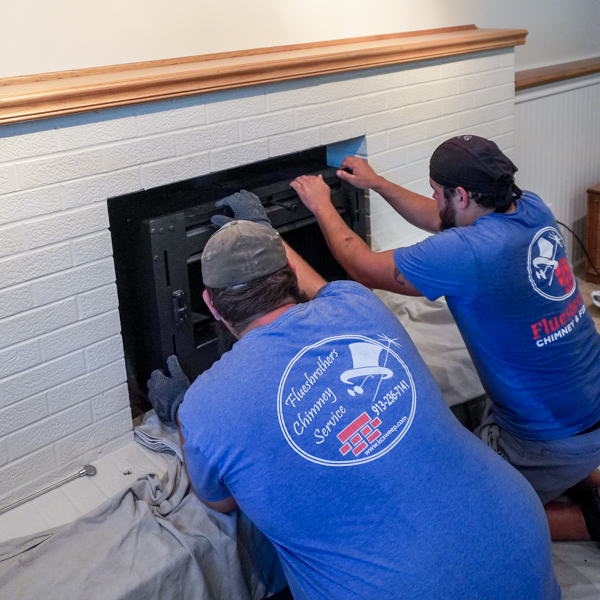 Installation
Installation
When you’ve decided on the perfect appliance, our crew will install it for you and make sure that everything works as it should. We’ll even walk you through the use of your appliance so you’ll know how to access all of its functions and features. Our installations meet all local fire safety and building codes and will be done right the first time.
Cut Your Heating Expenses With a New Stove or Fireplace
If you’re tired of rising heating bills, now is the time to inquire about a new wood-burning fireplace, fireplace insert or heating stove.
The post Wood Fireplace or Stove Combats Heating Costs appeared first on Fluesbrothers Chimney Service.
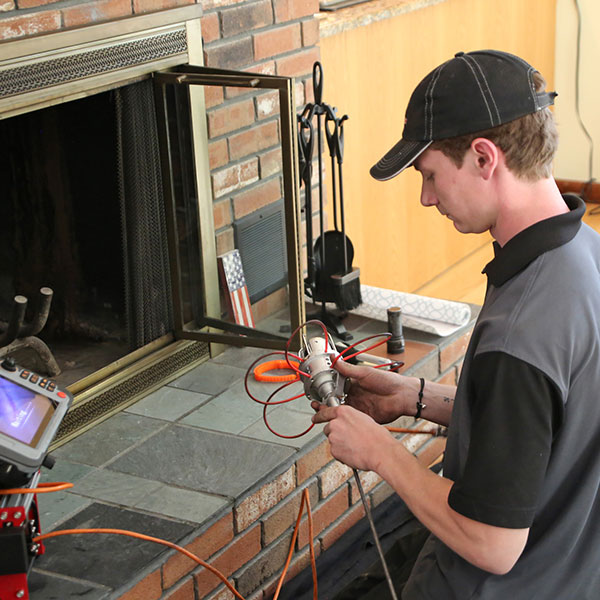 Now, it’s time to clean
Now, it’s time to clean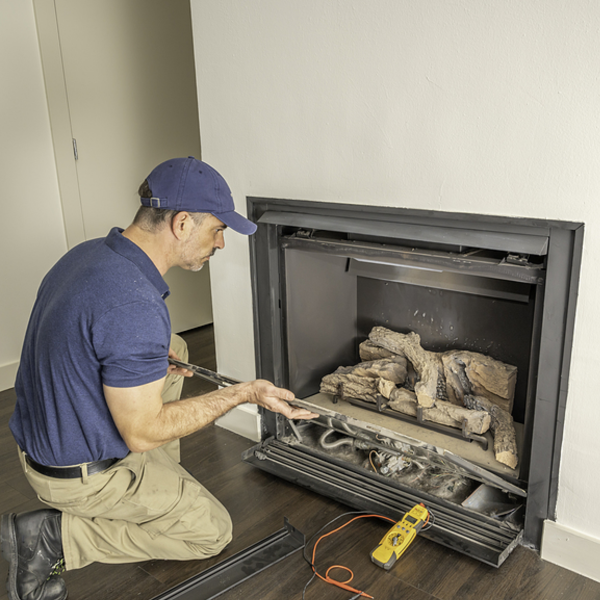
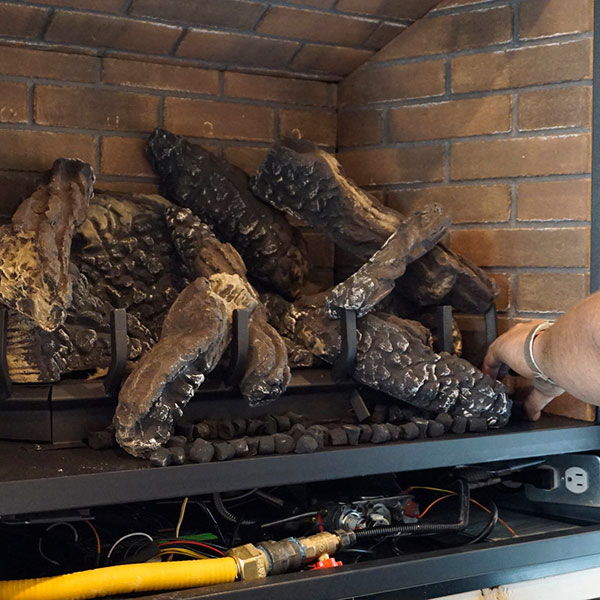 Firebox
Firebox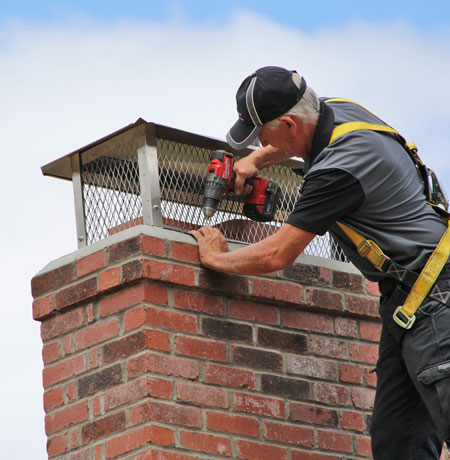 Chimney Cap
Chimney Cap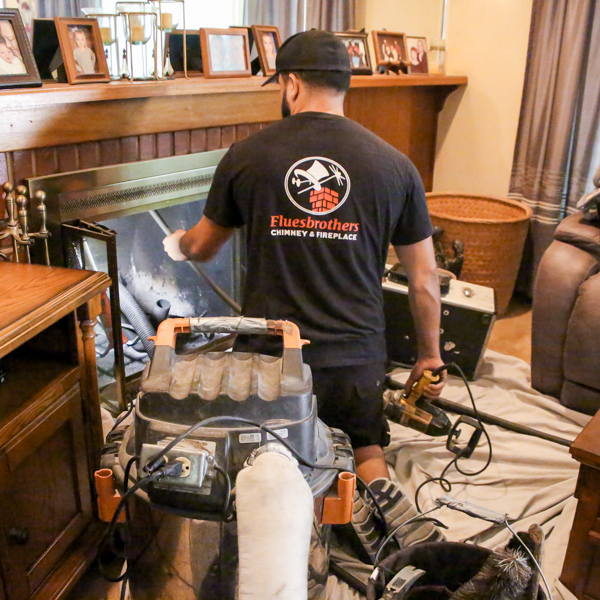 1.) I Can Wait Until Fall to Clean the Chimney
1.) I Can Wait Until Fall to Clean the Chimney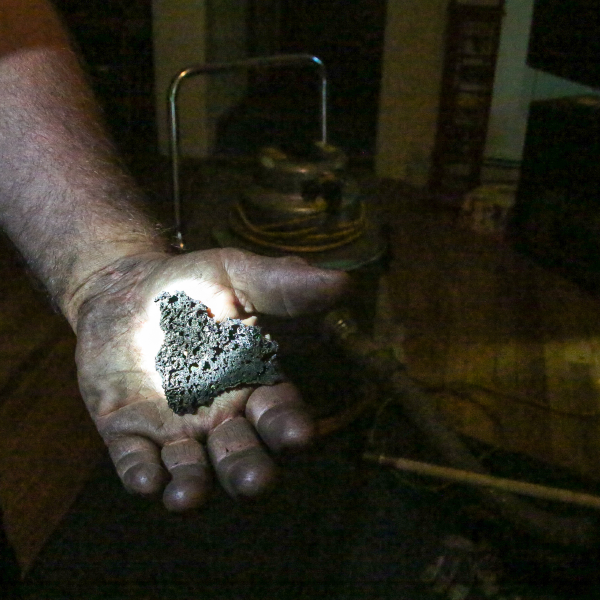 Creosote Build-Up
Creosote Build-Up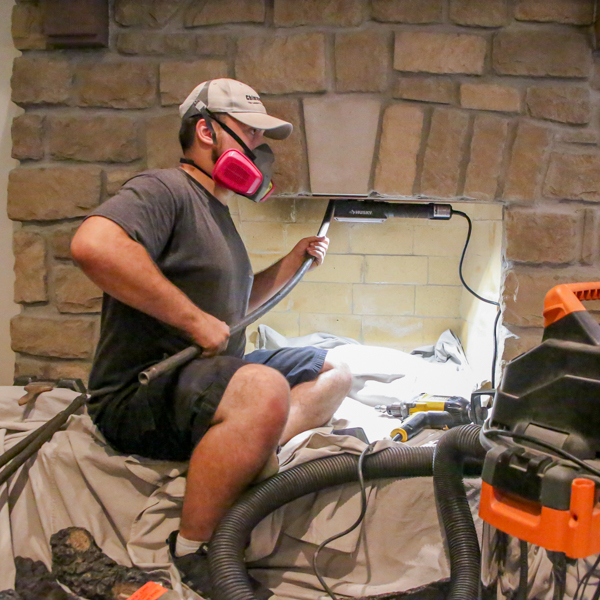 Chimney Sweep Inspection
Chimney Sweep Inspection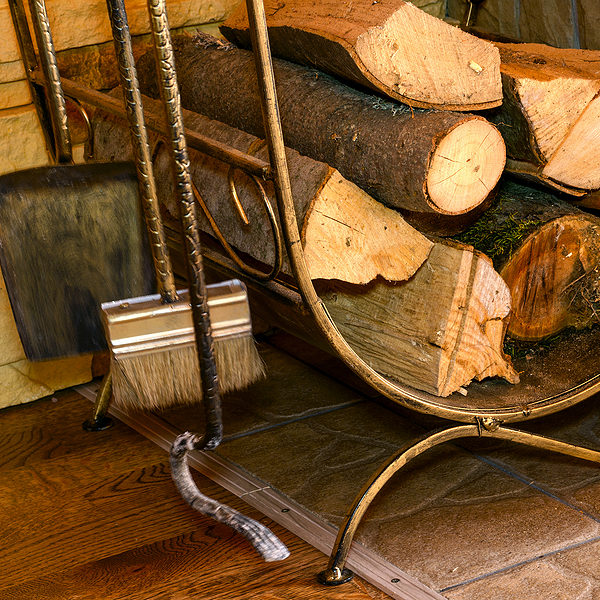 How to use your fireplace spade or shovel
How to use your fireplace spade or shovel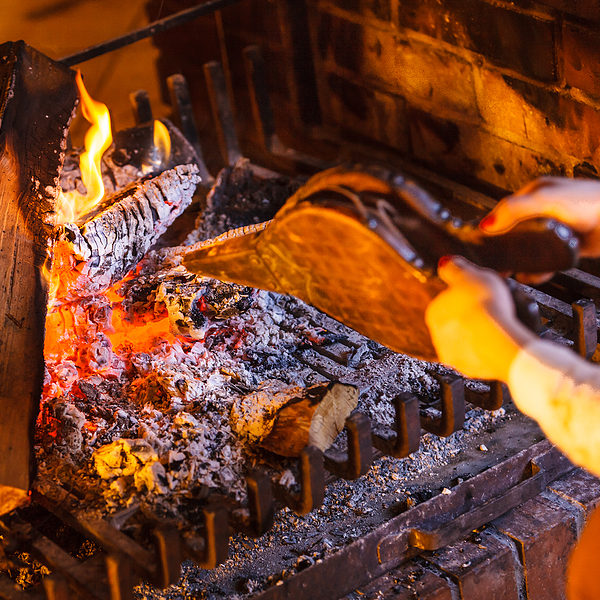 What are the bellows used for exactly?
What are the bellows used for exactly?